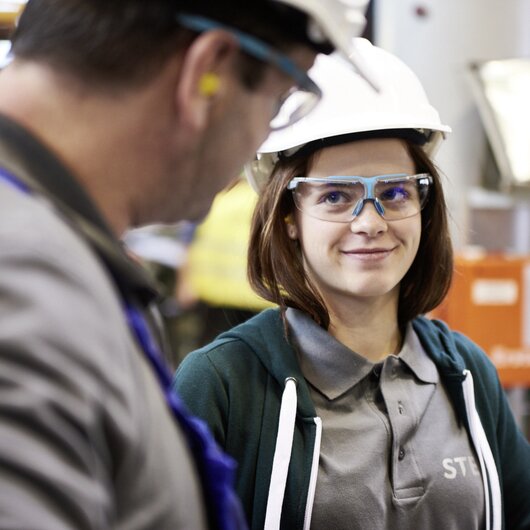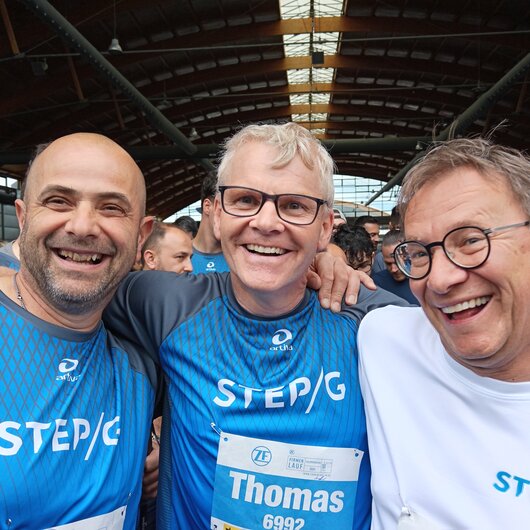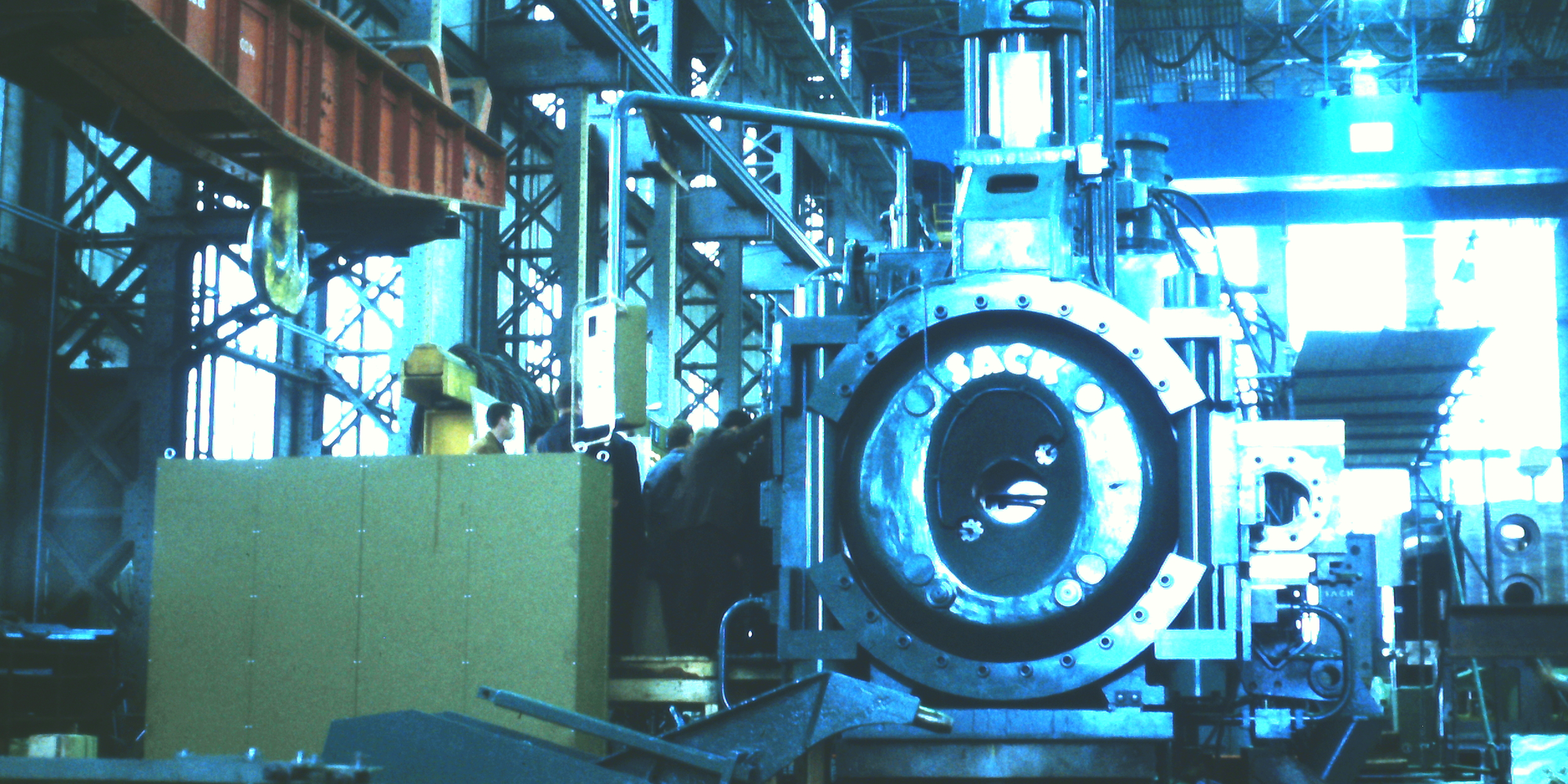
When progress is a success story

The past seven decades have shown us how important it is to face challenges and new framework conditions in order to remain successful.
Our milestones
1930s: Josef Uhl develops the first rain protection rails made of sheet steel.
1952: Karl and Paul Uhl found ‘Gebrüder Uhl GmbH’ in Vogt, Upper Swabia.
1954: The company is renamed BUG, a name stemming from the first letters of business partners Bertsch, Uhl and Großerode. Series production of rain protection rails as part of the wood-aluminium systems begins and BUG establishes itself as market leader.
1960: Production slowly begins in Vogt.
1973: Further locations have been established. The tooling technology is destroyed by fire at the main site in Vogt and has to be rebuilt.
1981: BUG achieves record sales and once again becomes market leader and top dog with its extensive wood-aluminium systems for windows.
1984: The company files for insolvency and is taken over by Kaiser Aluminium Europe.
2015: The BUG Alutechnik brand is renamed BUG Aluminium-Systeme. The STEP-G group of companies is expanding its services and strengthening its brand.
Today: With a total of four locations in Germany and Austria, BUG has a broad portfolio ranging from production, further processing and logistics distribution centres to comprehensive sales activities.
1930s: The first weather bars made of sheet steel
Unmistakable quality meets a clear pioneering spirit – our company history can be traced back to one man, Josef Uhl from Switzerland. In the early thirties, the problem facing Uhl was how to implement controlled drainage for rain and condensation water on wooden windows. At the time, wooden windows had no protection against moisture or intense sunlight and thus a had a high likelihood of falling into disrepair if they were not cared for adequately.
Uhl responded to the challenge by developing the first rain protection rails made of sheet steel and these were installed between the sash and the window frame. These revolutionary weather bars immediately improved the longevity of the windows, thereby ushering in an era in window technology that would prove to be of crucial and lasting importance for wooden windows in terms of quality improvement.
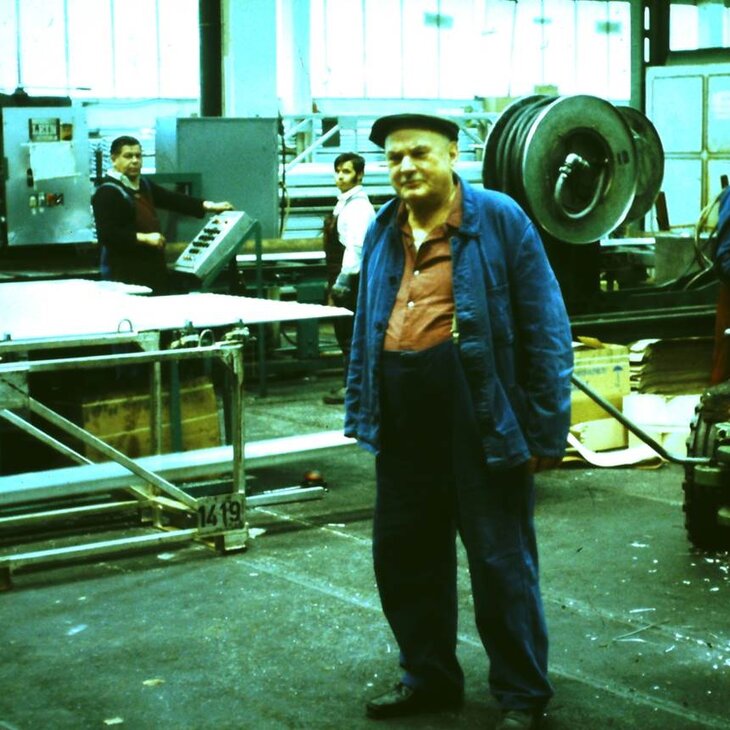
1952: Founding spirit in the family
Following in the footsteps of their father’s inventive and pioneering spirit, brothers Karl and Paul Uhl founded their company “Gebrüder Uhl GmbH” in Vogt near Ravensburg, Upper Swabia, on 22nd February 1952. The company commenced operations, selling the weather bars that had been previously developed and manufactured by their father in Switzerland. Demand gradually increased and in 1954 their father Josef Uhl came on board as a shareholder..
The newly founded company was then named after their father Josef Uhl and two individuals who were both friends and colleagues. “BUG” – from the first letters of the names Bertsch, Uhl and Großerode.
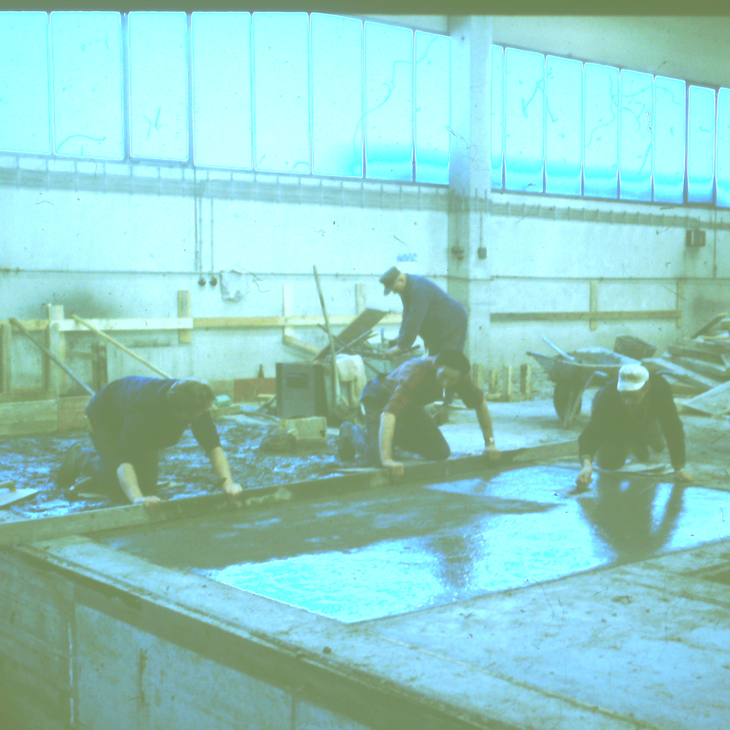
1960: Production commences in Vogt and the P35 extrusion press is delivered
The year 1960 saw production slowly begin in Vogt. A production hall was built, the floor was poured, a high-bay warehouse was installed, and the extrusion press was delivered and put into operation. However, it would be many arduous months later before the production and sales facility would finally be ready in Vogt.
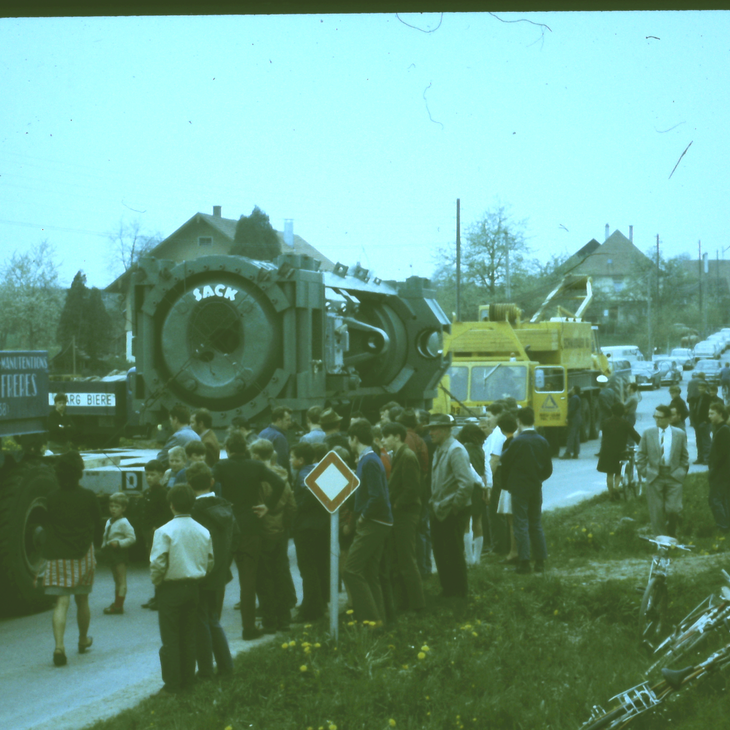
The delivery and installation of the machinery and especially the P35 extrusion press was a particularly spectacular occasion for the residents of Vogt and surrounding villages. Indeed, there are still some local residents today who can recall the memorable day the equipment arrived on site.
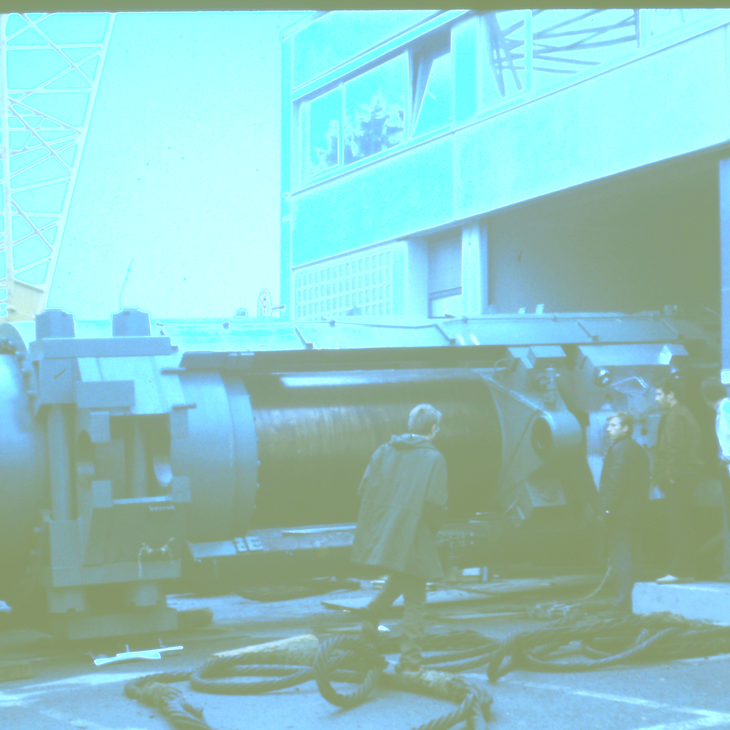
After a service life of over 40 years, the P35 extrusion press was replaced in 2006. In its stead, the more powerful P45 press took up residence in Vogt. This press was put into operation in 2007. The BUG-specific window sills with a width of 320-400 millimetres are still pressed using this extrusion press today. Smaller window sill widths are produced on Vogt’s second extrusion press, the P28.
1970: Expansion of extrusion press capacity
In 1970, the P20 press, or “little sister” as it was known at the time, moved into its new home in the production halls of Vogt. This unit was somewhat smaller than its sibling, with less pressing power. The P20 has now been decommissioned. At the same time, the silo, a high-bay warehouse, was also completed for the purpose of storing materials on site.
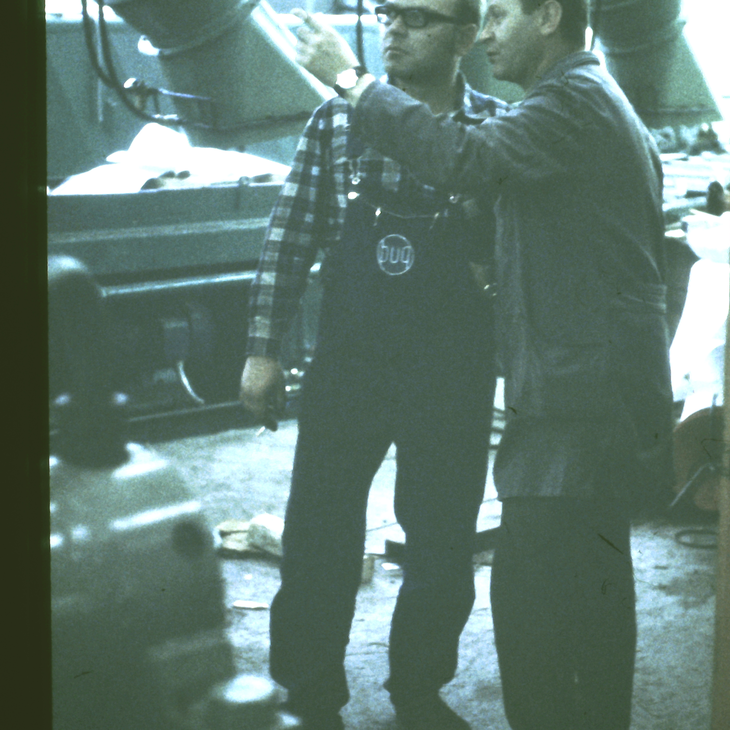
1973: Additional locations and fire
1973 was a year of mixed emotions. Additional production sites were built in Ilmensee and Esenhausen and an anodising plant was established in Eschach. This meant that the urgently needed production capacity could be expanded, while production facilities continued to focus on the Baden-Württemberg region of southern Germany. In the same year, however, the company was rocked by a fire that completely destroyed the tool engineering facility at the company headquarters in Vogt. The destruction was such that the facility had to be rebuilt in a process that proved to be both lengthy and arduous.
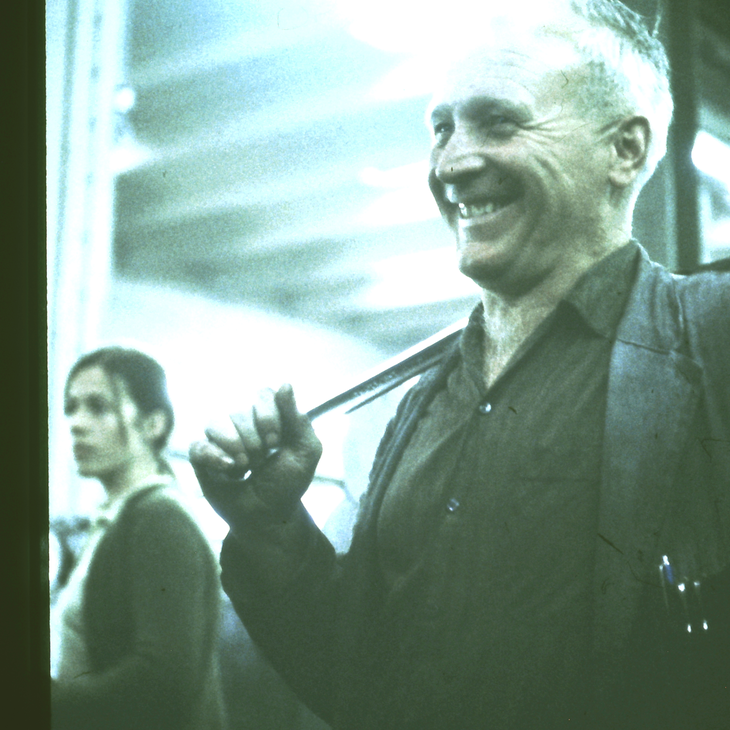
1981: Market leader BUG
Caption: Employees at the Vogt location
In 1981, BUG recorded record-high sales and once again assumed the position of market leader with its extensive wood-aluminium systems for the window sector. At this point, the focus was on wood and wood-aluminium windows. Window ledges and flat roof systems were also included in the BUG product range.
A short product history – from rain protection rails to flat roof systems
Our products continue to develop alongside the BUG brand.
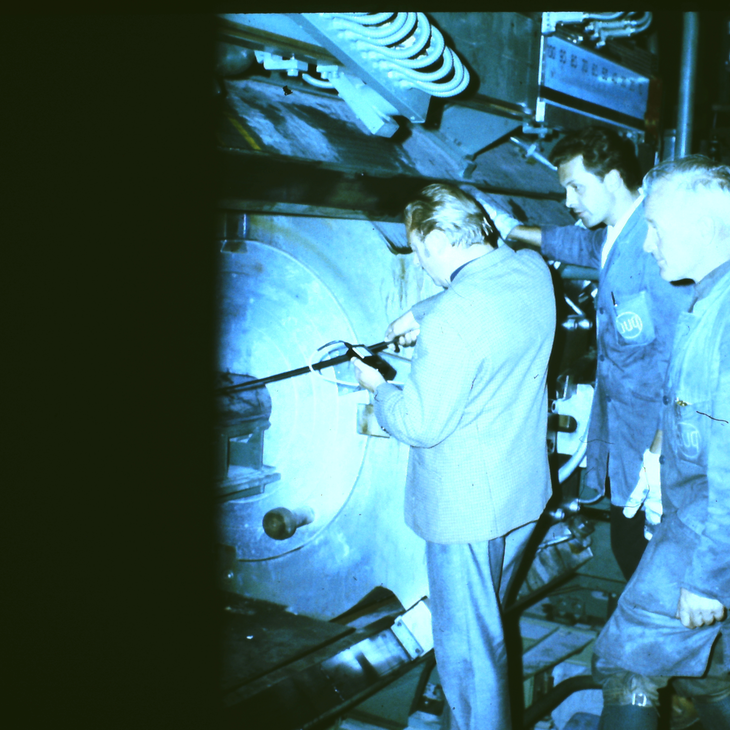
1984: Insolvency and takeovers
Having had enjoyed record highs for decades, BUG began to flounder in the 1980s. On 18 January 1984, Gebrüder Uhl GmbH & Co. KG filed for insolvency at the Ravensburg district court.
Despite taking various measures to improve the financial situation, the company failed to achieve its restructuring goals in 1984, which led to further layoffs and closures. The company was finally taken over by Kaiser Aluminium in 1985,
2015: Expansion of services and strengthening with STEP-G
After several takeovers, the BUG Alutechnik brand was ultimately renamed BUG Aluminium-Systeme. Since 2015, the BUG Aluminium-Systeme brand has been used by ST Extruded Products Germany GmbH (STEP-G).
The three German press plants in Bitterfeld, Bonn and Vogt are highly specialised and offer a comprehensive range of extruded profiles and bars. Its portfolio also includes various forms of processing as well as component manufacturing. The extensive range of products is completed by STEP-G’s own foundry at the Hettstedt location. Security of technology and supply has thus been ensured.
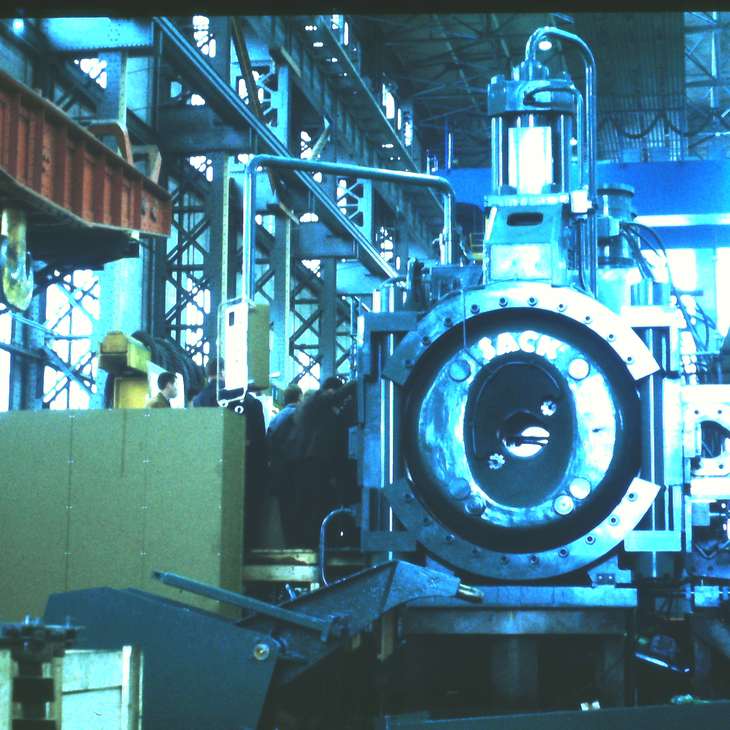
Today: Innovative and sustainable with BUG
BUG’s product range continues to be its flagship today. With the strong support of its parent company Sankyo Tateyama Inc. and the STEP-G group of companies, BUG Aluminium-Systeme can continue to expand its brand and create synergies from Sankyo Tateyama Inc.’s core business. Decades of know-how and a pioneering spirit have proven their worth. This knowledge and experience can be seen in all existing and new products at BUG. The entire BUG team is continuously working on improving and further developing the product range in the product areas: window sills, flat roofs and wooden and wood-aluminium windows, facades, roofing and conservatories.

